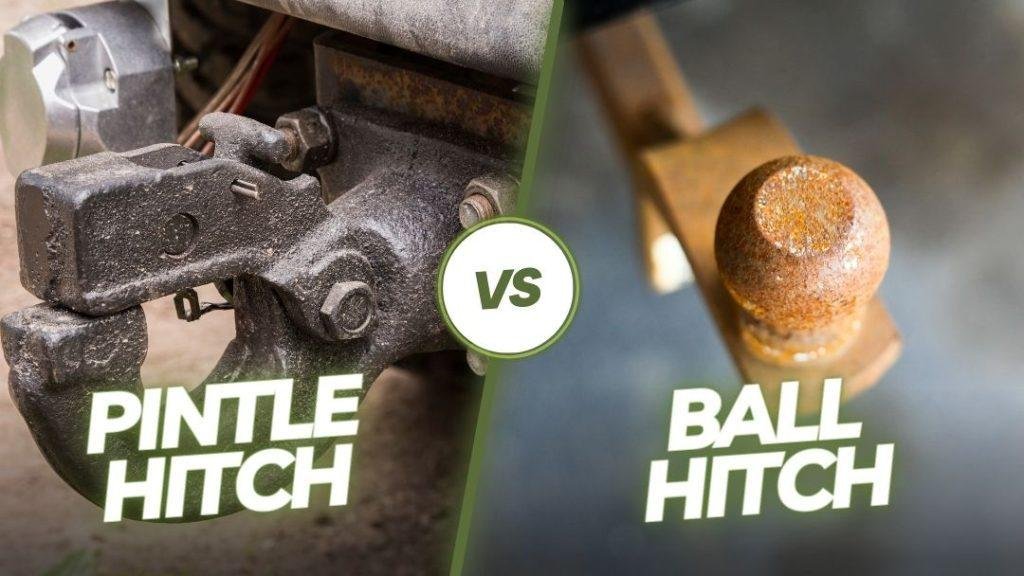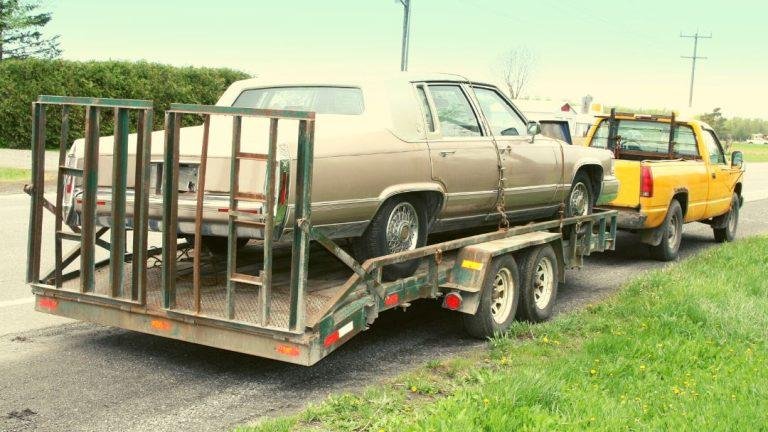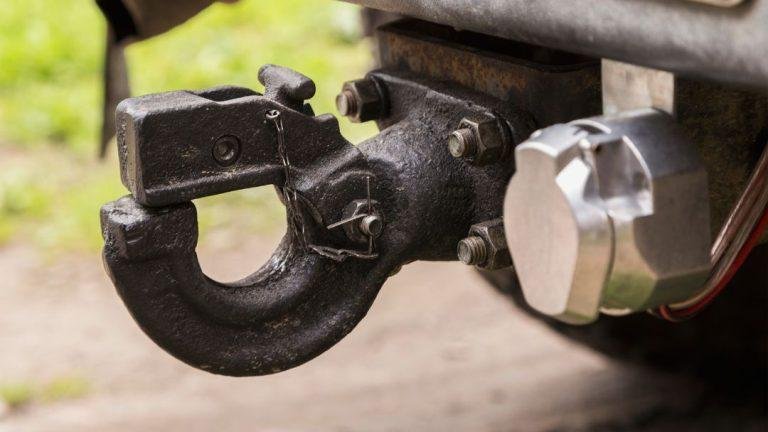When it comes to towing heavy loads, choosing the right type of hitch is pivotal for both efficiency and safety. The world of towing hitches primarily revolves around two variants: the pintle hitch and the ball hitch.
This article seeks to delve deep into the characteristics, pros, and cons of both these hitch types to help you make an informed decision.
Understanding the Basics
The Pintle Hitch
The pintle hitch, known for its distinct ‘hook and loop’ design, is often used in heavy-duty applications, such as military, farming, or industrial towing. Made predominantly from forged steel or other high-strength materials, pintle hitches are robust and reliable. Variations include the rigid mount, receiver mount, and combination ball/pintle, each designed for different load sizes and applications.
The Ball Hitch
Ball hitches, on the other hand, are characterized by a metal ball on the towing vehicle connecting to a coupler on the trailer. Often made from steel or sometimes chrome, they are a popular choice for light to medium-duty towing needs, like pulling a camper or boat trailer. Ball hitches come in various sizes – including 1-7/8”, 2”, and 2-5/16” – to accommodate different trailer weights and configurations.

Performance Evaluation
Weight and Load Capacity
When it comes to load capacity, pintle hitches generally offer higher weight ratings, with the capacity to tow up to 60,000 pounds. This makes them ideal for heavy-duty and commercial towing operations. Ball hitches, conversely, generally support a maximum load of up to 20,000 pounds, depending on the ball size, making them a suitable choice for lighter loads and everyday towing needs.
Ease of Connection and Disconnection
In terms of ease of use, ball hitches are often simpler to connect and disconnect due to their straightforward design. In contrast, pintle hitches, while slightly more complex to hitch and unhitch, offer a secure connection even if not perfectly aligned, an advantage in uneven or off-road conditions.
Maneuverability and Articulation
Pintle hitches stand out when it comes to maneuverability and articulation. The hook and loop design allows for more movement between the towing vehicle and the trailer, providing superior flexibility and control, especially on rough terrain. Ball hitches, although providing less articulation, are generally smoother on highways and paved roads.
Terrain Adaptability
Pintle hitches excel in various terrains, including off-road or uneven conditions, thanks to their flexible hook and loop connection. On the flip side, ball hitches work best on flat, even surfaces where their relatively rigid connection provides smooth and stable towing.
Durability and Maintenance
The durability of Pintle Hitches
Pintle hitches, made of heavy-duty materials, are designed to withstand significant stress and strain, which is why they tend to have a longer lifespan. However, they are also more prone to wear and tear due to the constant metal-to-metal contact, which can lead to increased maintenance needs.
The durability of Ball Hitches
Ball hitches, while not as robust as pintle hitches, also offer good durability. Their lifespan largely depends on factors such as the frequency of use, the weight of loads towed, and regular maintenance. As with pintle hitches, prolonged use can cause wear, especially on the ball and coupler connection point.
Maintenance Requirements for Both Hitch Types
For pintle hitches, routine maintenance generally includes regular inspection for wear and tear, proper lubrication, and occasional replacement of the hitch pin. For ball h
itches, maintenance primarily involves checking for any visible wear on the ball or within the coupler, and replacing the hitch ball if necessary.
Safety and Legal Considerations
Safety Measures
Safety is paramount when it comes to towing. Both pintle and ball hitches require safety chains as a secondary connection in case the primary one fails. However, due to their design, pintle hitches may cause more trailer bounce, which can lead to uncomfortable rides and faster wear.
Legal Aspects and Regulations
Legal regulations for hitch usage can vary by location. It is essential to consider the weight of your load and the type of hitch required to comply with local laws and regulations. Both pintle and ball hitches have specific weight ratings that should not be exceeded to ensure safe and legal towing.
Case Studies
Real-life applications offer practical insights into the use of both types of hitches. For instance, pintle hitches are commonly found in construction sites, hauling heavy machinery and equipment across uneven terrain. Ball hitches are frequently observed in recreational use, such as towing campers, boats, or horse trailers.
Conclusion
Choosing between a pintle and a ball hitch ultimately boils down to your specific needs and circumstances. While pintle hitches offer superior load capacity, flexibility, and durability, making them a fitting choice for heavy-duty and off-road applications, ball hitches excel in user-friendliness, smoother rides, and suitability for everyday towing, especially on paved roads.




